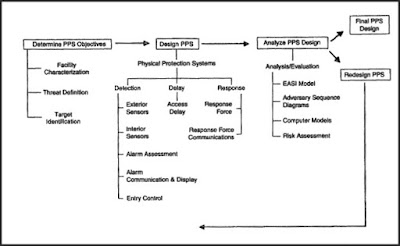As I began writing this blog post the
World Economic Forum (WEF) annual meeting in Davos, Switzerland is in progress. In conjunction with this major meeting the WEF also produces its
Global Risks Report. One section of the report – shown below – is entitled “Global Risks of Highest Concern for Doing Business.”
As you look at this list, the eighth most important risk of concern is “Failure of Critical Infrastructure.”
Wow, that is very disconcerting and it is important that critical infrastructure issues be addressed to help mitigate and alleviate these risks. But even as you think about it, global infrastructure is strained even with issues #1 through #7 (and #9, of course).
But how?
Masters of Infrastructure Planning and Management
In August 2015 I successfully completed the Master’s Degree in Infrastructure Planning and Management at the University of Washington, Seattle, Washington USA. This program – entirely online, so you can take classes literally around the globe in various time zones – provided fantastic exposure to me as an infrastructure security professional on ways to manage and protect vital infrastructure systems from natural and man made threats. The program curriculum is included below.
Figure 2 http://www.infrastructure-management.uw.edu/overview/courses/
And as you can observe, the courses train the students on such fundamental topics as risk management, geographic information systems (GIS), and strategic planning. The core courses include “soup to nuts” reviews of different infrastructure sectors such as energy, water, food, transportation, emergency management and public health.
At the end of the two-year program I believe you can be an adept contributor to critical infrastructure planning and management at the local, regional, national or international level.
By the way, the instructors are also accomplished, practical professionals in their areas. For instance the infrastructure finance professor studied under Nobel Laureates at the University of California. The instructors teaching the energy courses work for the regional utility in Seattle, and the public health professor is a physician with almost 40 year’s experience in international public health management.
Overall, the instructors “…really know their stuff…” from a practical, hand-on perspective and after a quarter with each one of them you have not only learned the details of the sector but you also know where to look for more information – a key value to me as a critical infrastructure protection professional.
Graduates and their Stories
Some of my fellow classmates have done very well with their MIPM credentials. One grad continued in the Business Continuity/Planning space for a major health insurance provider and is now the Global Emergency Preparedness manager for a major, US West Coast university. Another classmate continues as a Lieutenant Colonel in the Army with expanded awareness of global infrastructure issues. A third classmate is in a local city public utility doing planning work.
How Can I Get More Information? Where Do I Sign Up?
Be sure to review the
Admissions requirements and the
Costs/Financial Aid page. Overall, you’ll see that the entrance requirements are certainly those of a Top Tier University but within reason for the working professional. Some of my classmates had their tuition covered by the GI Bill and my company reimbursed me for my courses.
Of note, each cohort starts at the end of September each year and the Application Deadline is June 1st.
Unique Training – Unique Opportunity
As the faculty and students can attest, this is one of the very few programs in the world offering Masters-level training on infrastructure planning and management. And, it is ONLINE so you don’t need to attend classes and – as a working professional – I can tell you that class assignments can be completed even if you are on the road multiple time zones away from Seattle.
So, here are the key Links…..and remember, the Application Deadline is June 1st.
###







